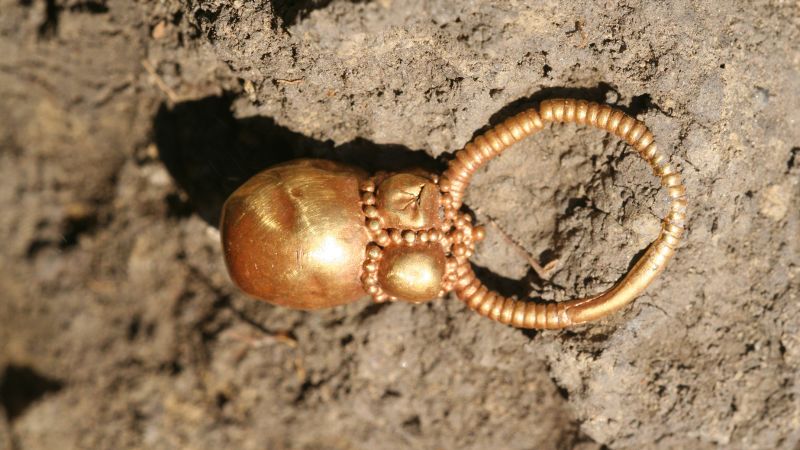In breaking news, scientists have made remarkable discoveries about the past by analyzing ancient DNA recovered from human remains. This invaluable tool has shed light on the traits and ancestry of historical figures such as a mummified iceman, Chinese emperor, and legendary composer. By studying human remains from multiple burial grounds, researchers have been able to better understand entire communities, including shadowy empires like the Avars.
The Avars, a group of formidable horseback warriors who arrived in Central and Eastern Europe in the sixth century, have long been a mystery. However, a groundbreaking study in April 2022 revealed that they originated from the Mongolian steppe. Now, a new analysis of 424 individuals from Hungarian cemeteries has provided insight into Avar family and social life, as well as their interactions with the local population.
In other news, NASA engineers have re-established contact with Voyager 1, the most distant spacecraft from Earth. After five months without communication, the probe, which is 15 billion miles away, sent coherent data back to Earth. Voyager 1, now 46 years old, experienced technical issues in November 2023, leading to a puzzling repeating code. Through trial and error, engineers identified and resolved the problem.
Meanwhile, NASA’s Juno spacecraft captured high-resolution images of Jupiter’s moon Io during a close flyby. The images revealed volcanic plumes, mountain peaks, and a lake of cooling lava on the moon’s surface. Io, described as “Jupiter’s tortured moon,” is known for its volcanic activity and extreme conditions.
In a historic discovery, letters written by mountaineer George Mallory before his disappearance on Mount Everest in 1924 have been scanned and made available online. The letters document Mallory’s preparations, equipment tests, and his optimism about reaching the summit. However, they also reveal the challenges and uncertainties faced by Mallory and his team.
Furthermore, naturalists have spotted the first arrivals of this spring’s dual emergence of cicadas. This rare event, involving two periodical cicada broods, will span across multiple states in the South and Midwest. Experts offer insights on what to expect and how to prepare for the unique phenomenon.
In other exciting news: Boeing and NASA are moving forward with a crewed launch of a new spacecraft, surgeons have completed a groundbreaking transplant combining a mechanical heart pump with a gene-edited pig kidney, research has revealed which foods contain the most plastic, and the Hubble Space Telescope captured an image of a glowing nebula ejected from a dying star.
For more fascinating stories like these, sign up to receive the next edition of Wonder Theory, featuring insights from CNN Space and Science writers Ashley Strickland and Katie Hunt. Stay tuned for more incredible discoveries and news from the world of science and space.












